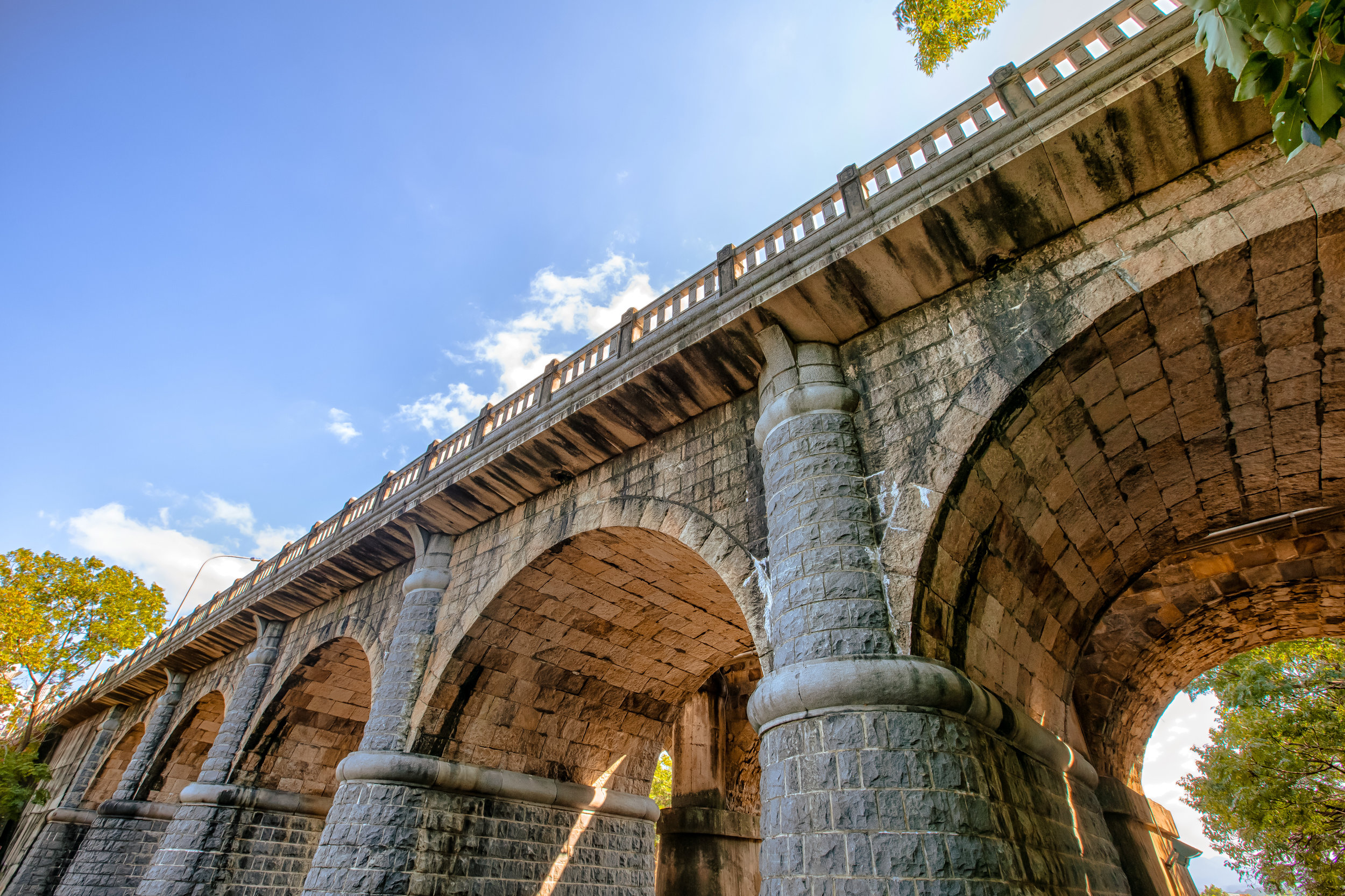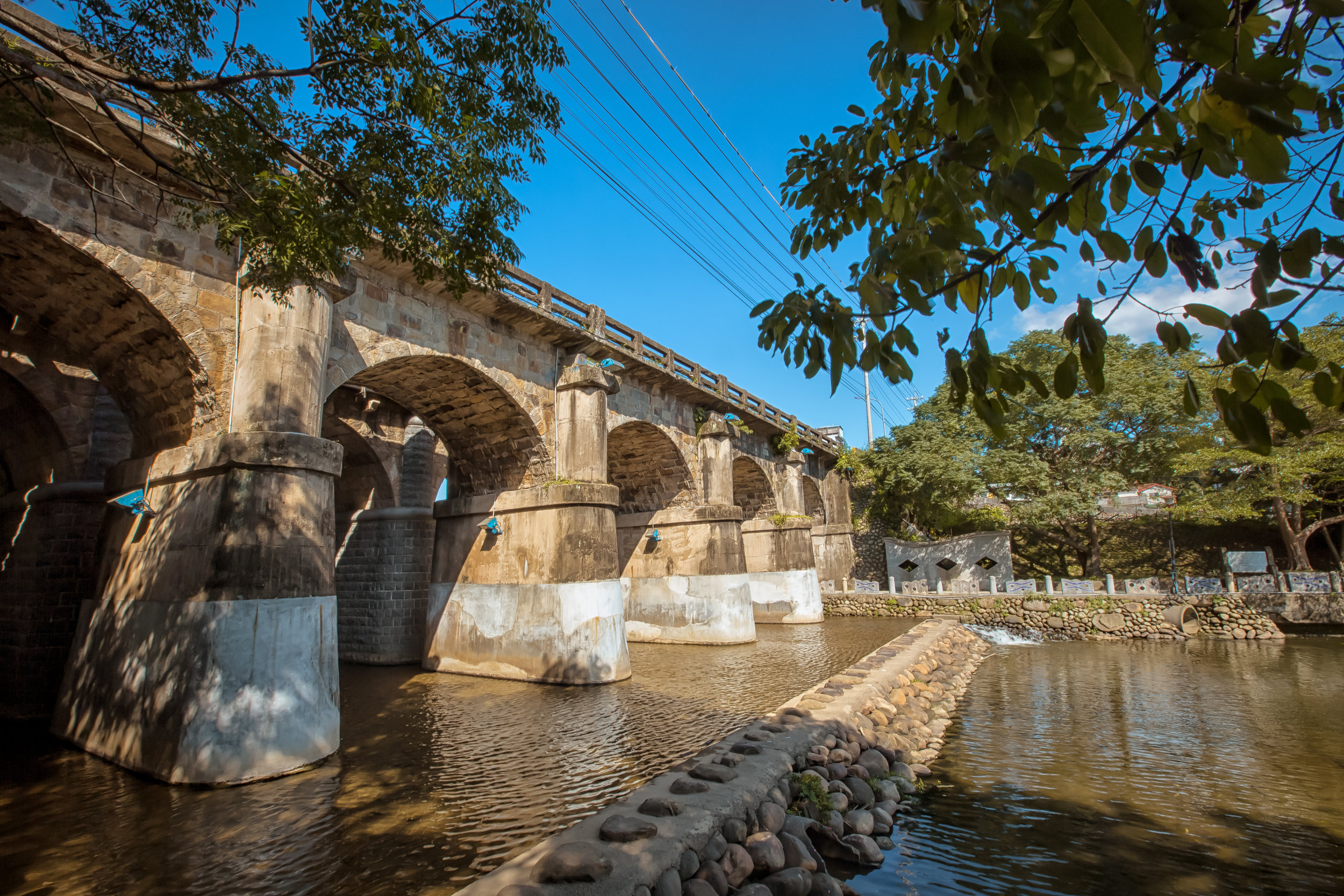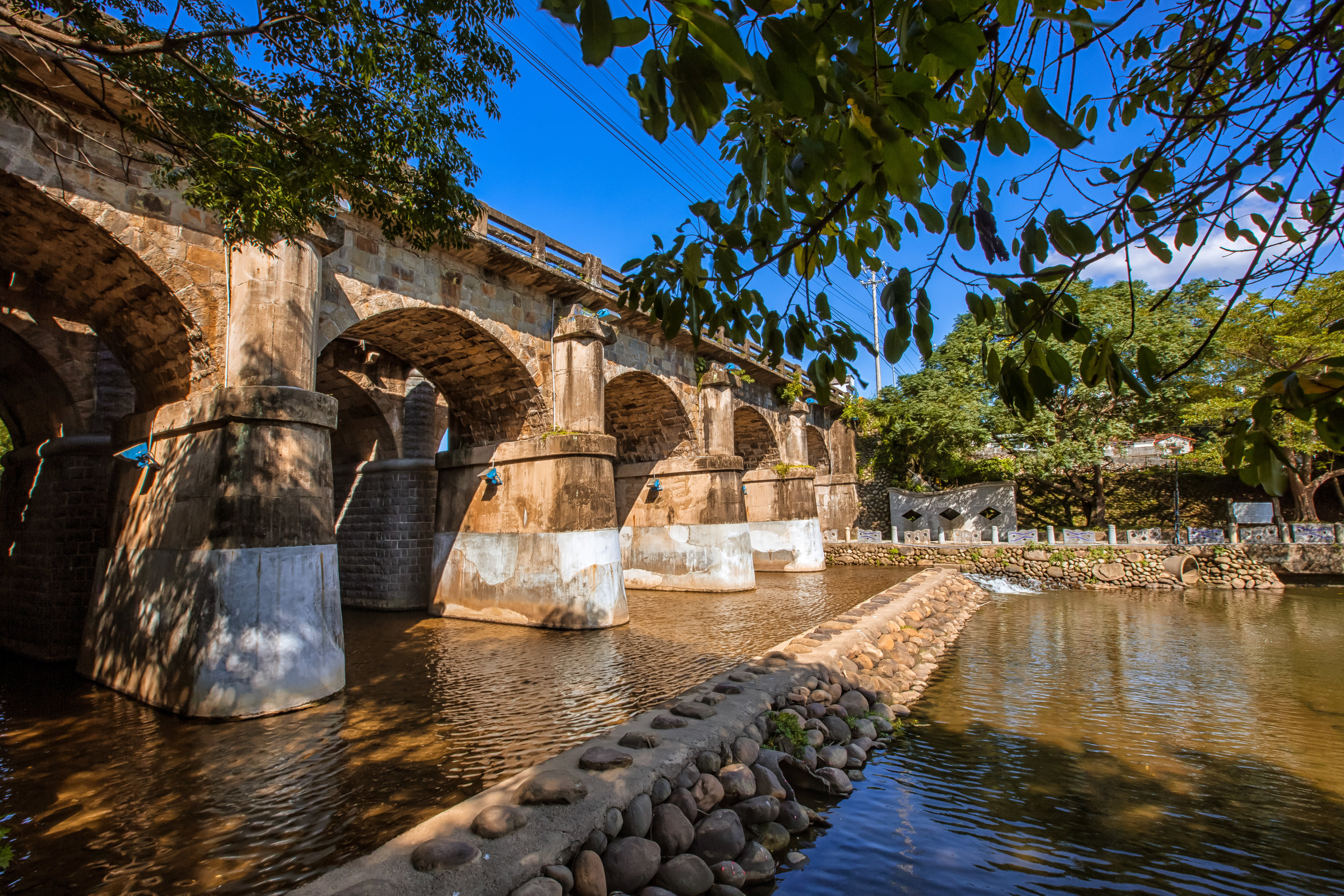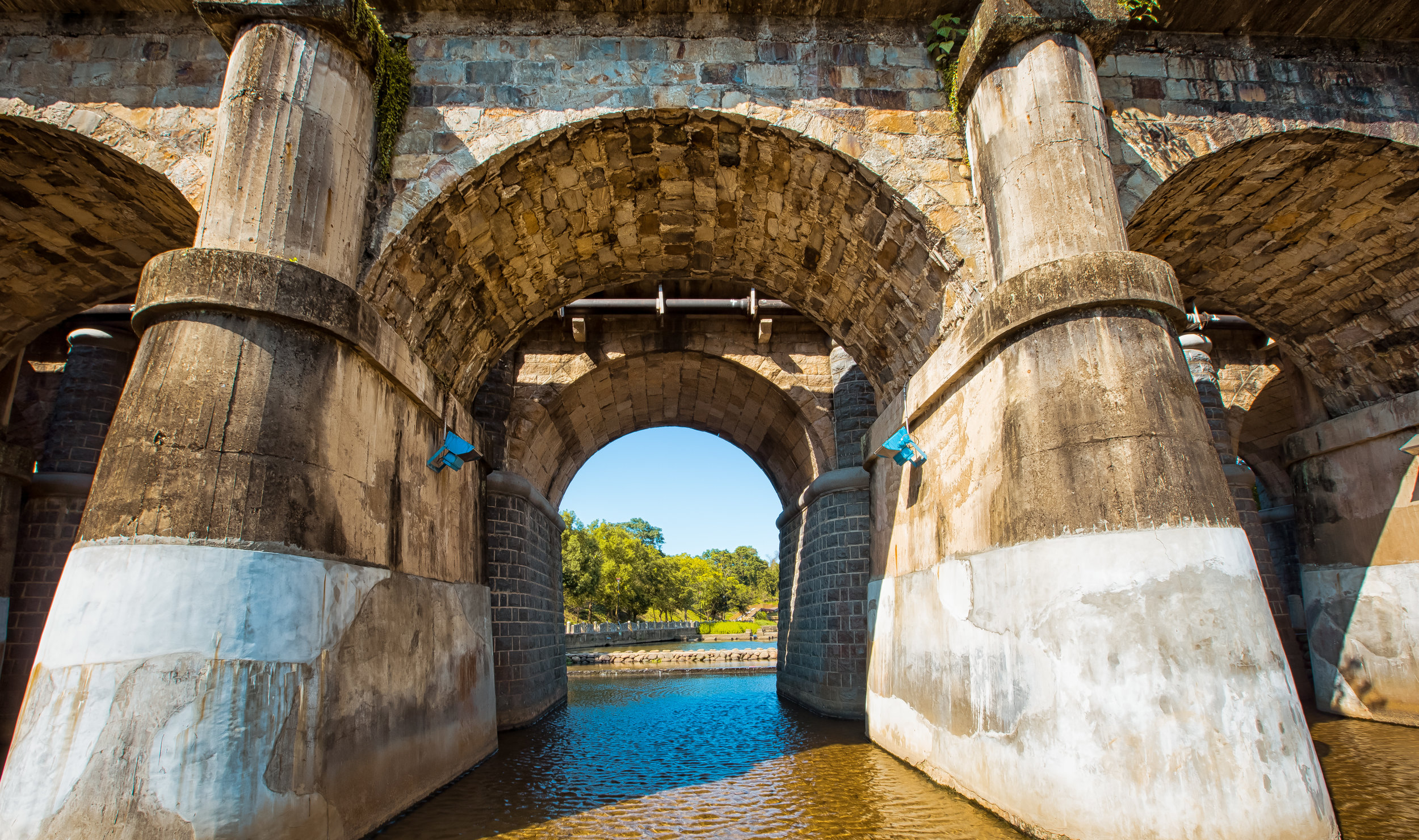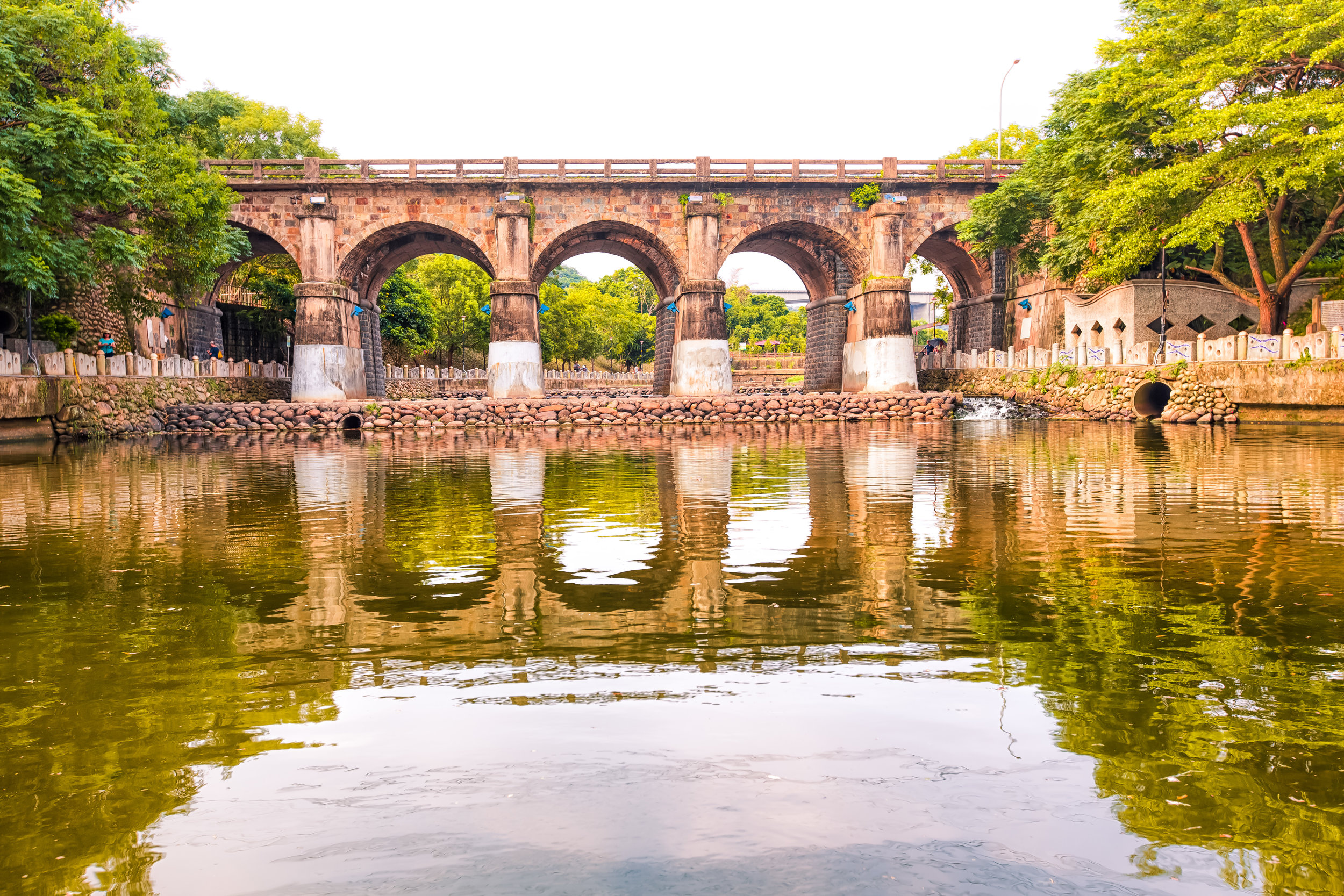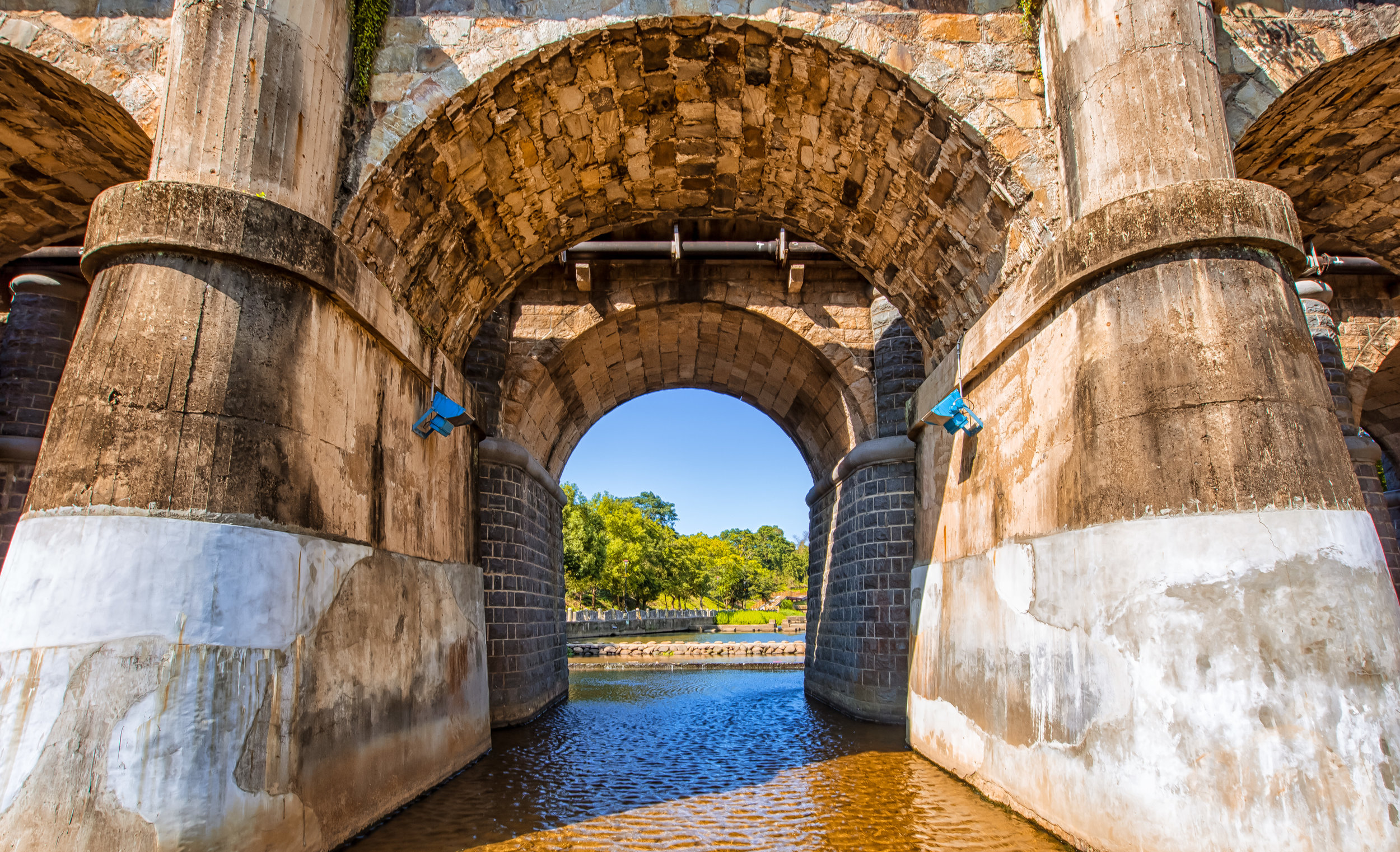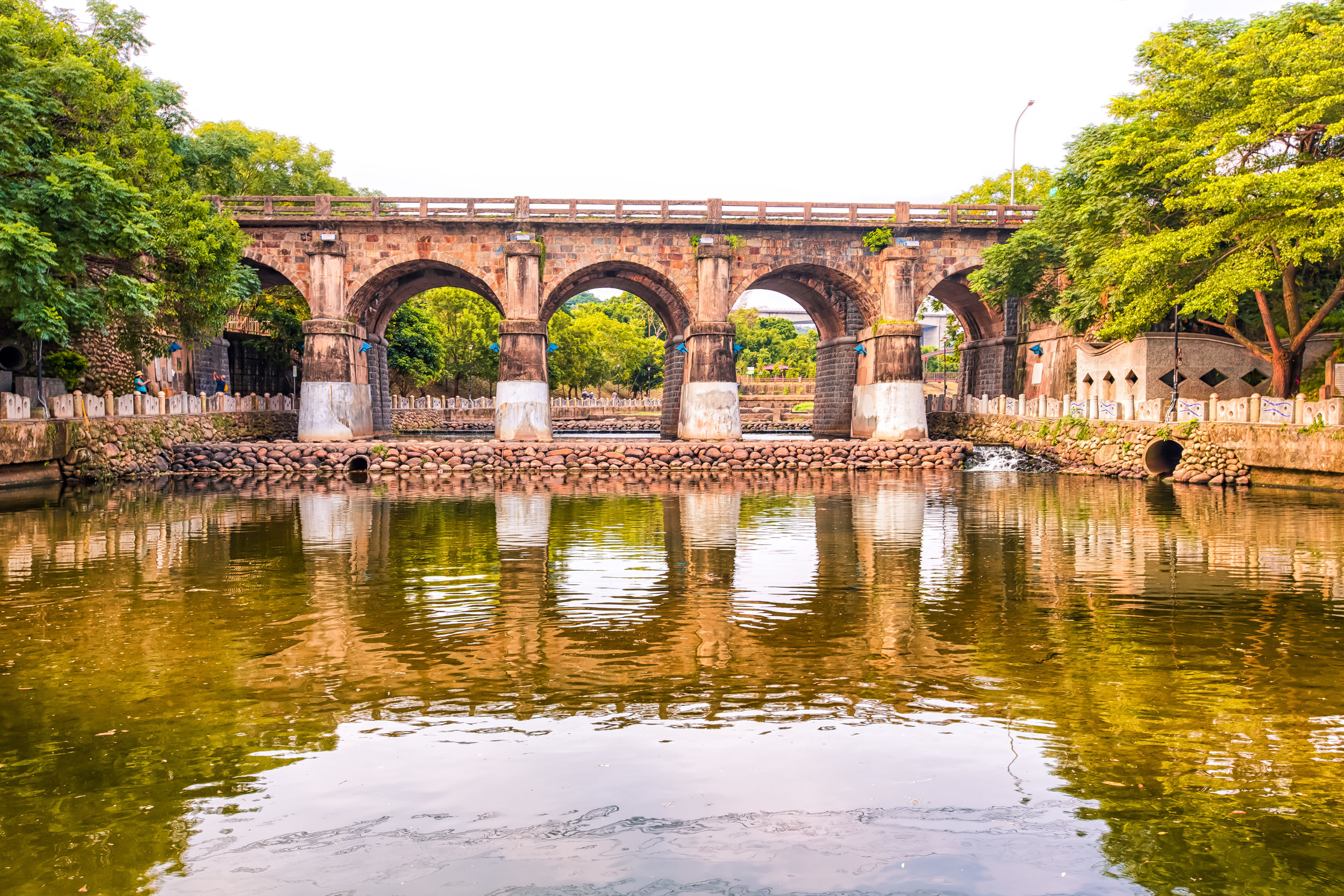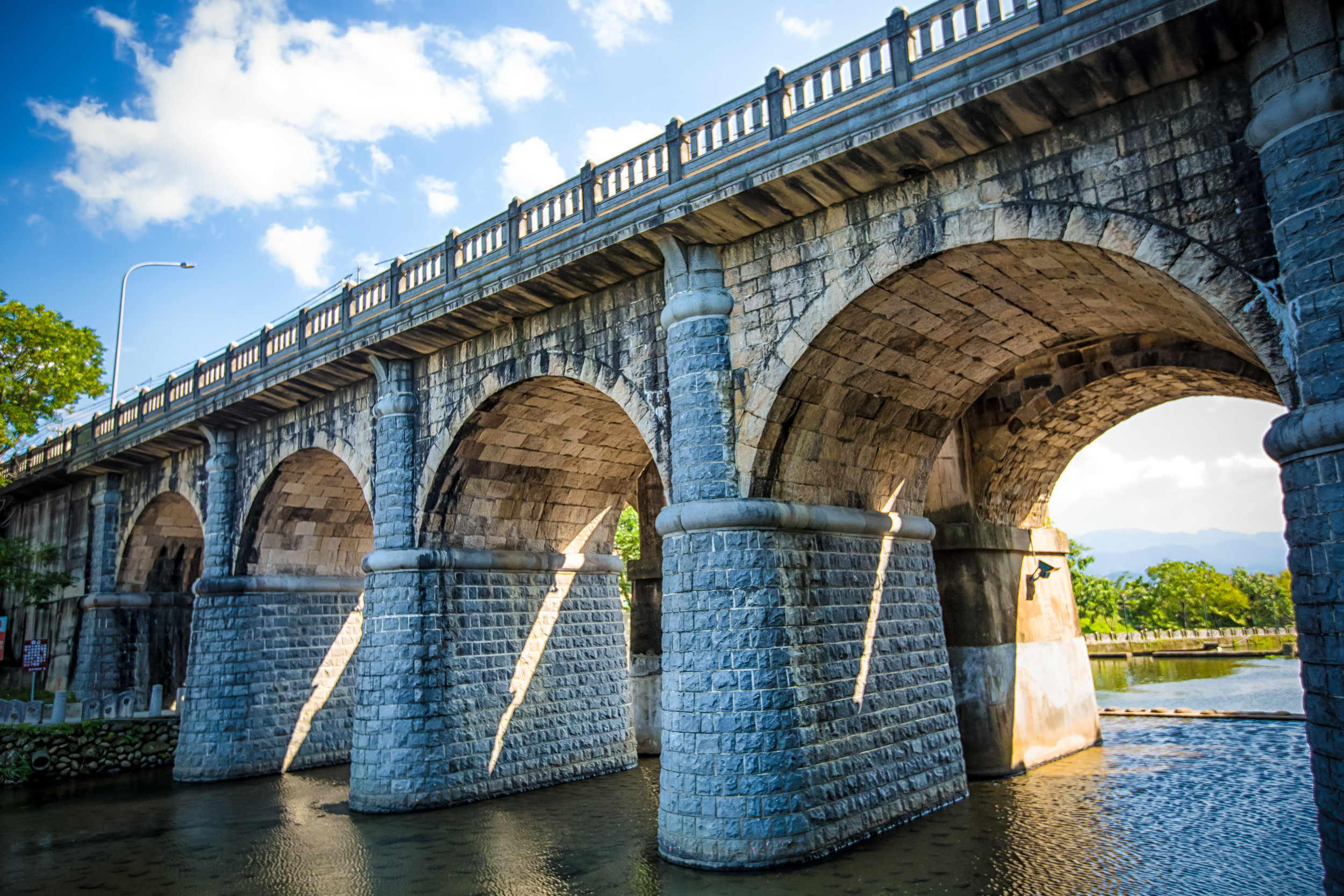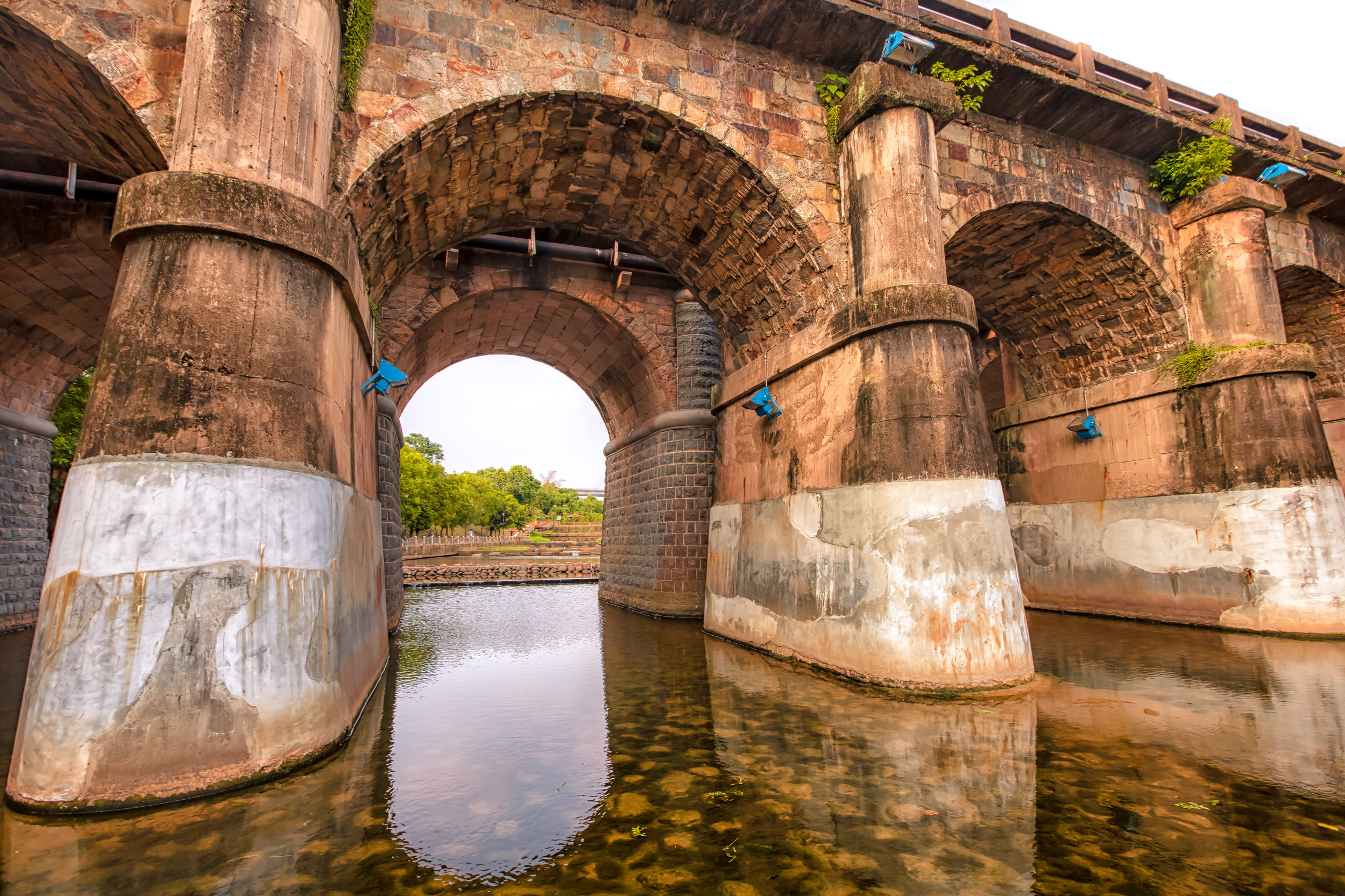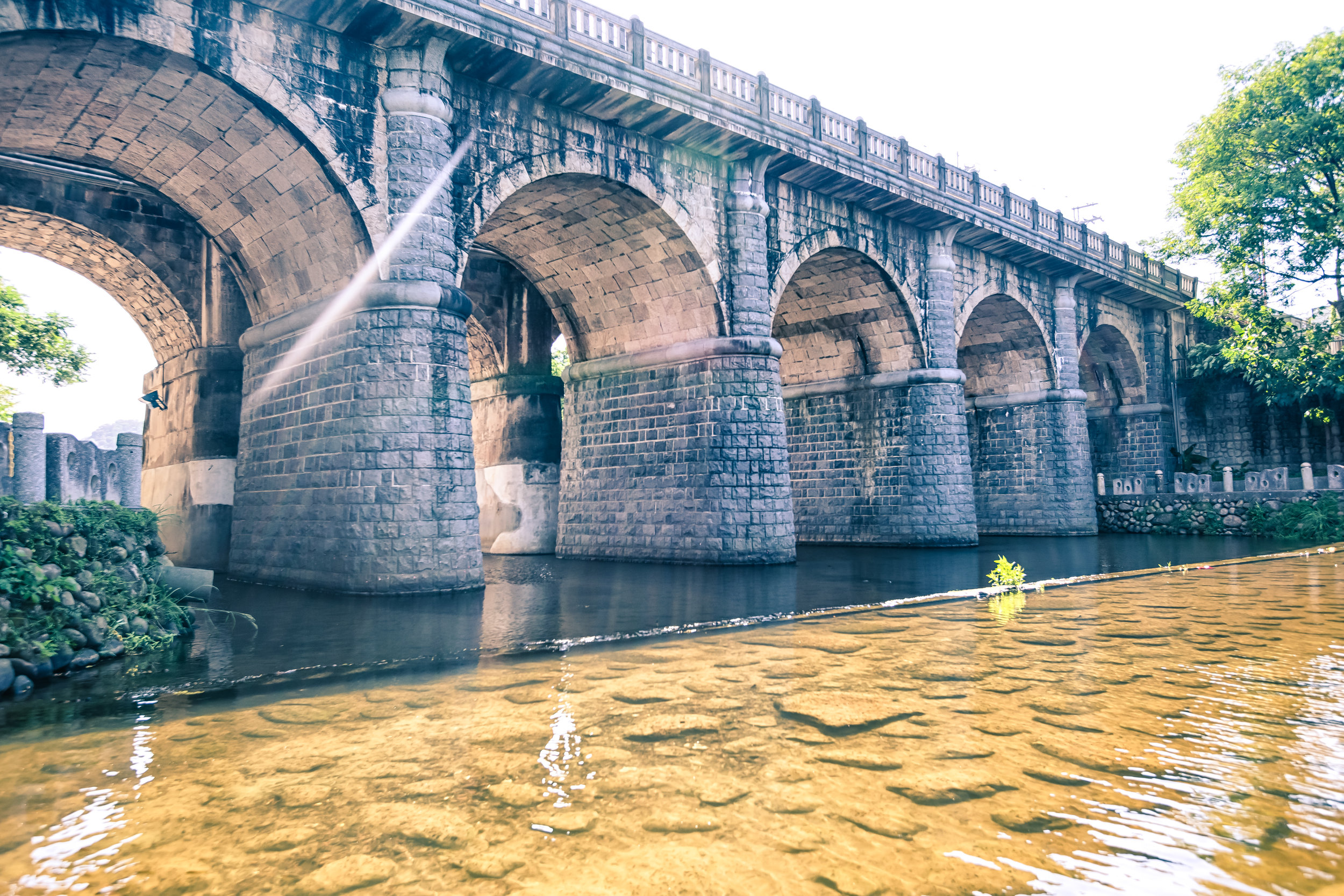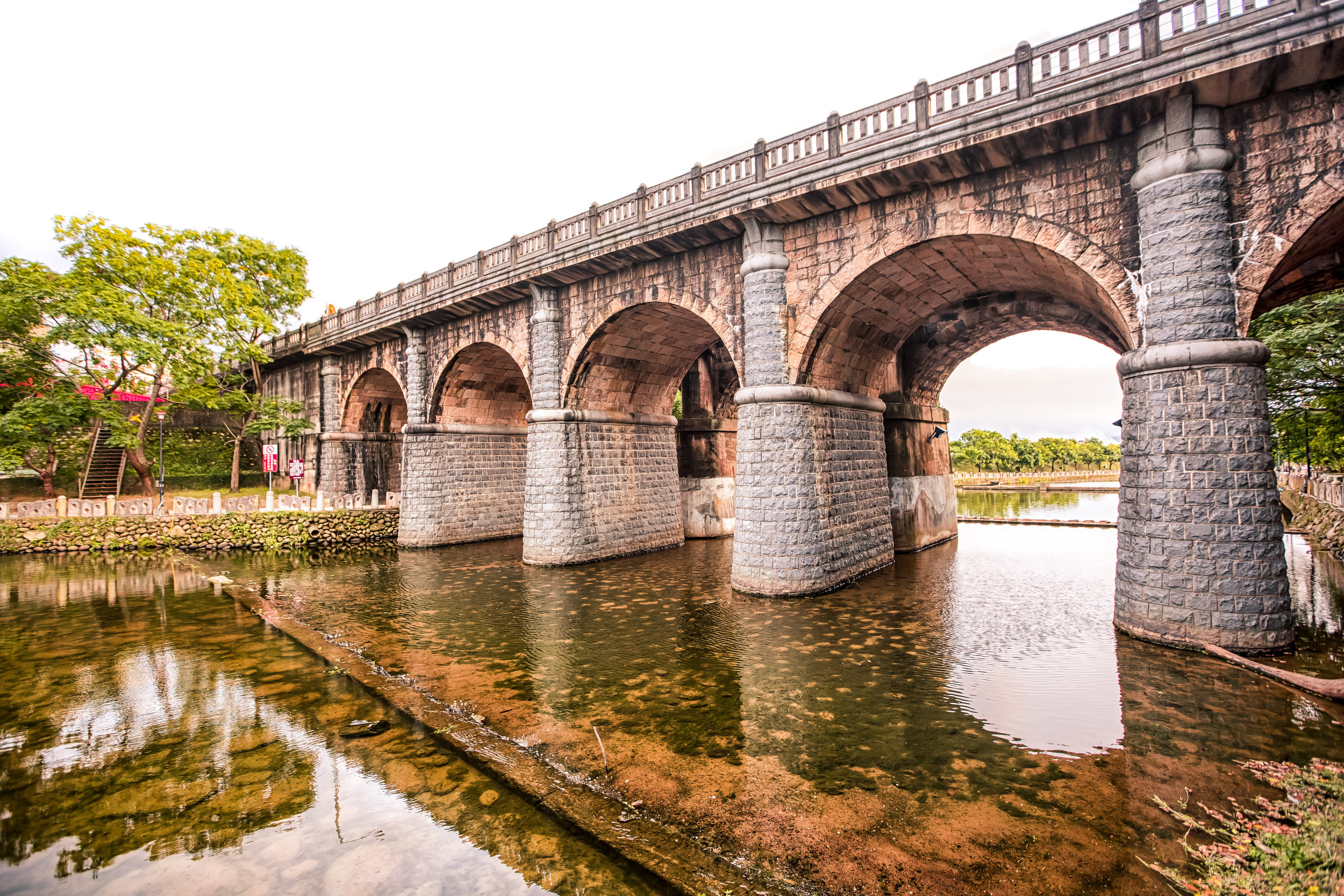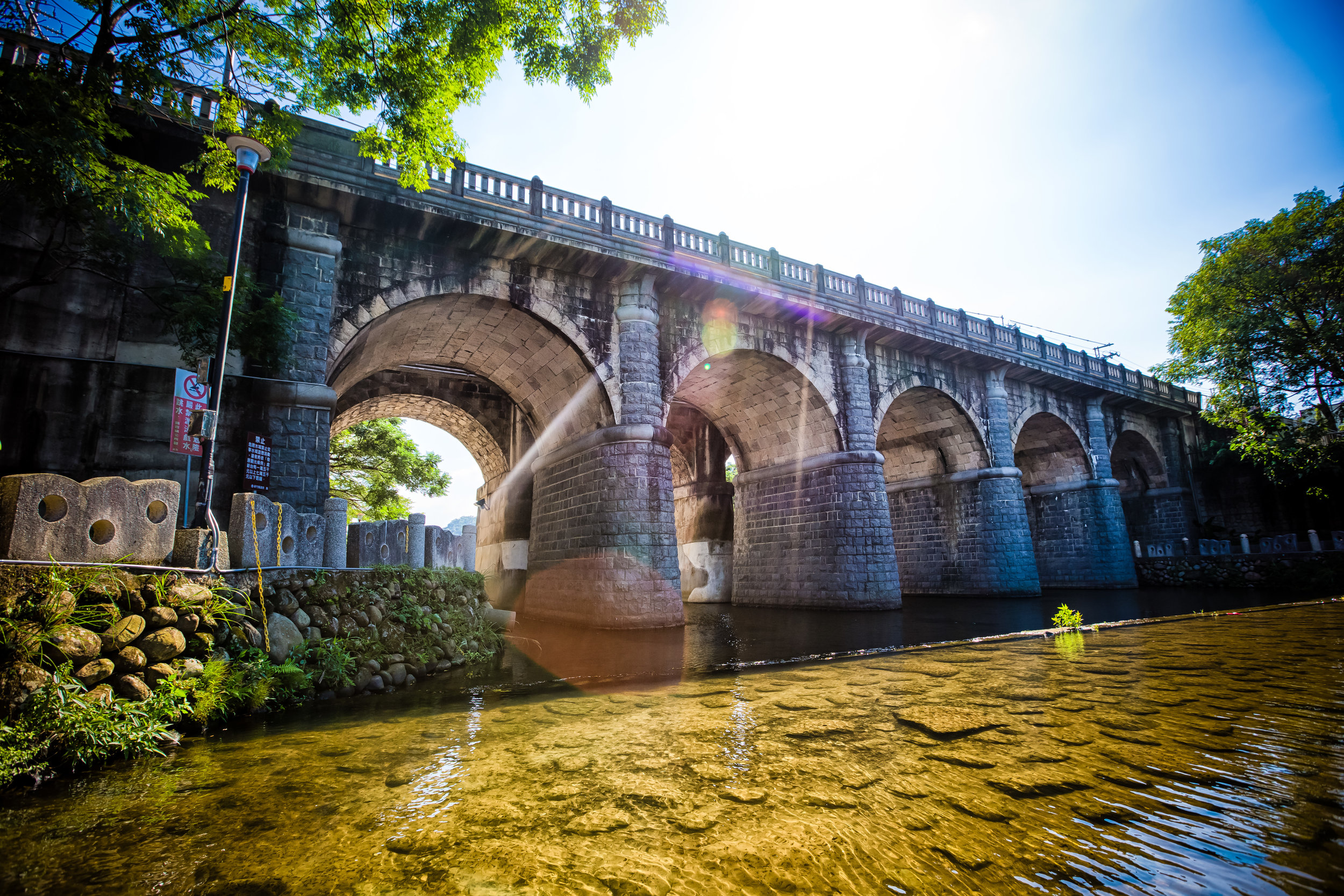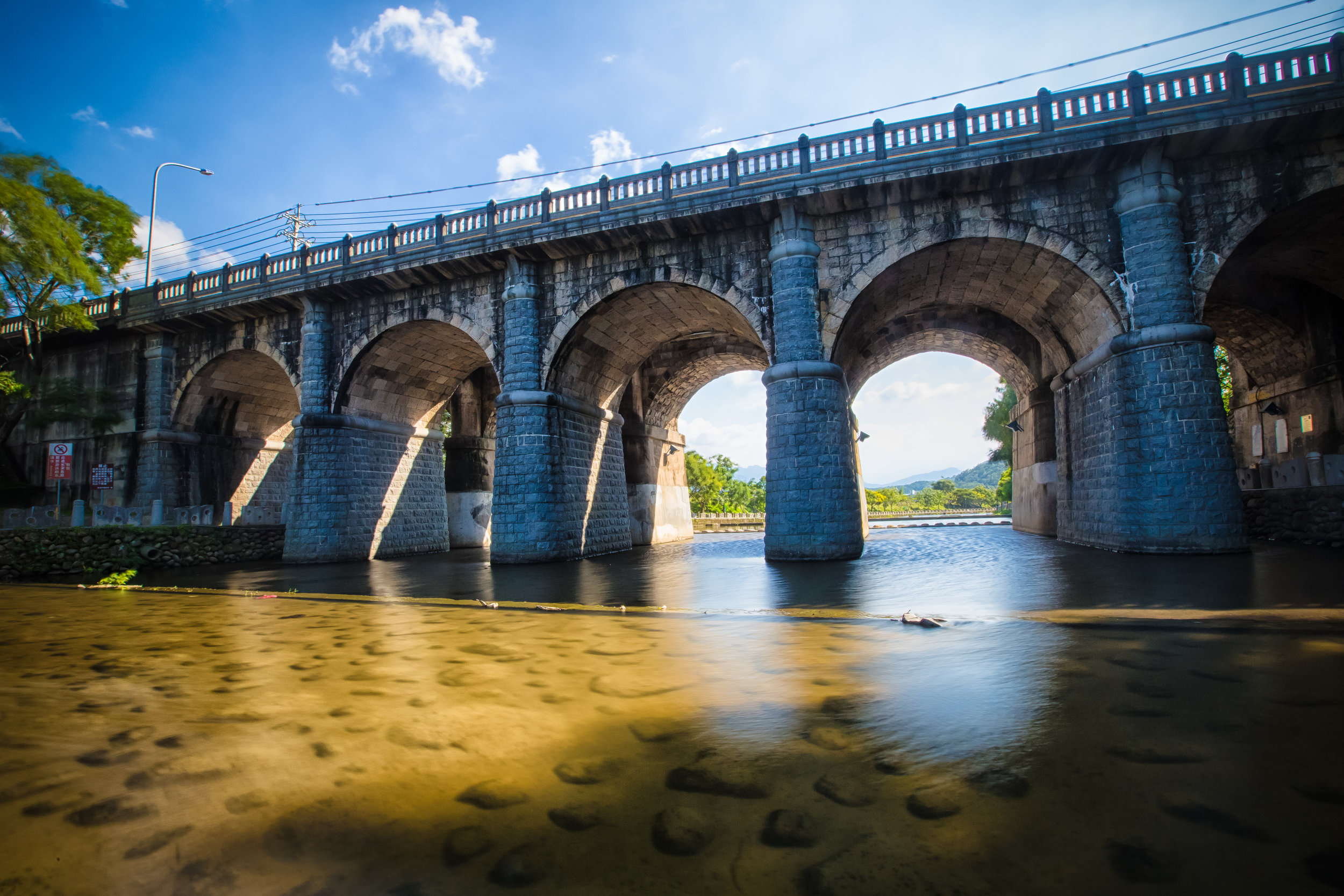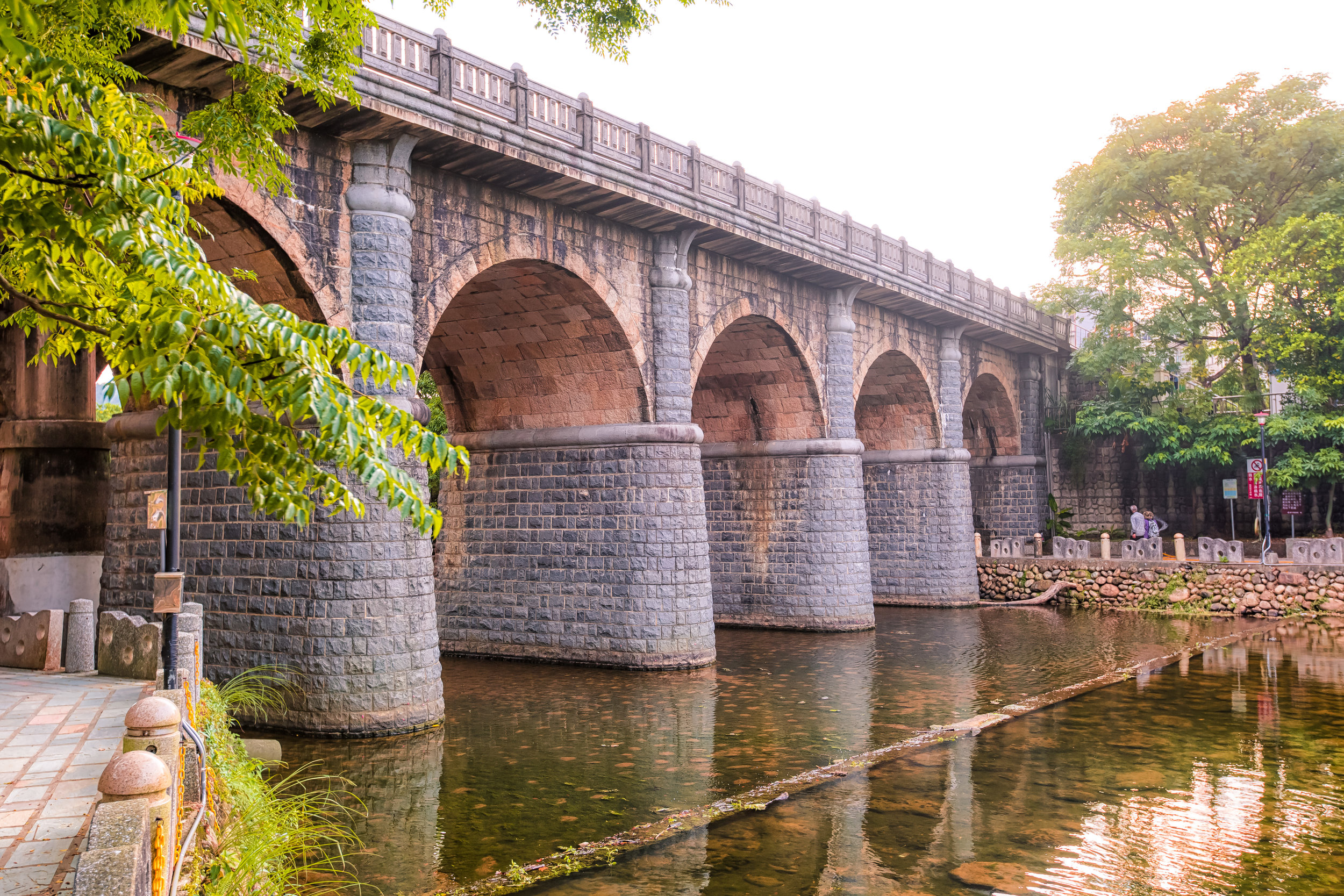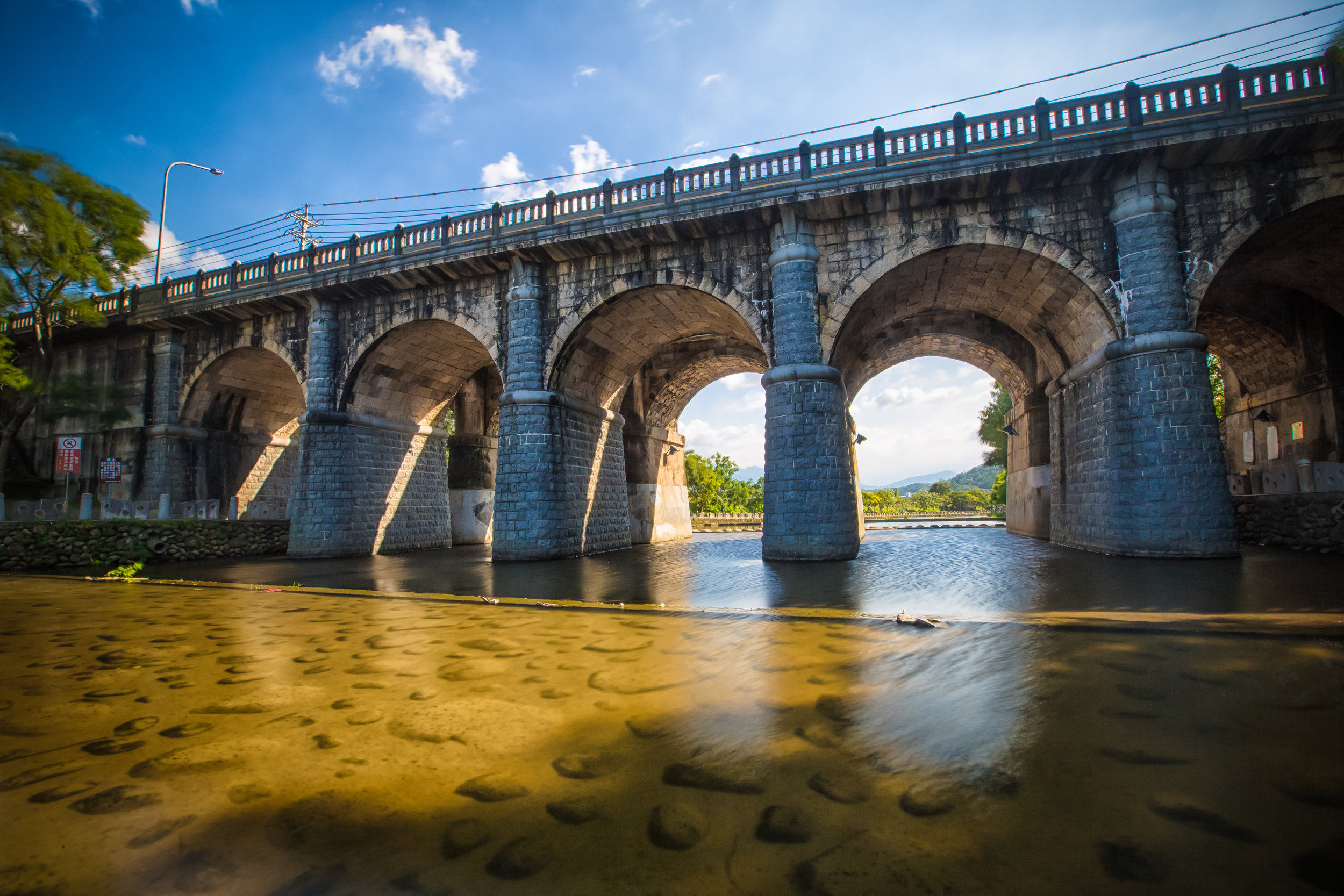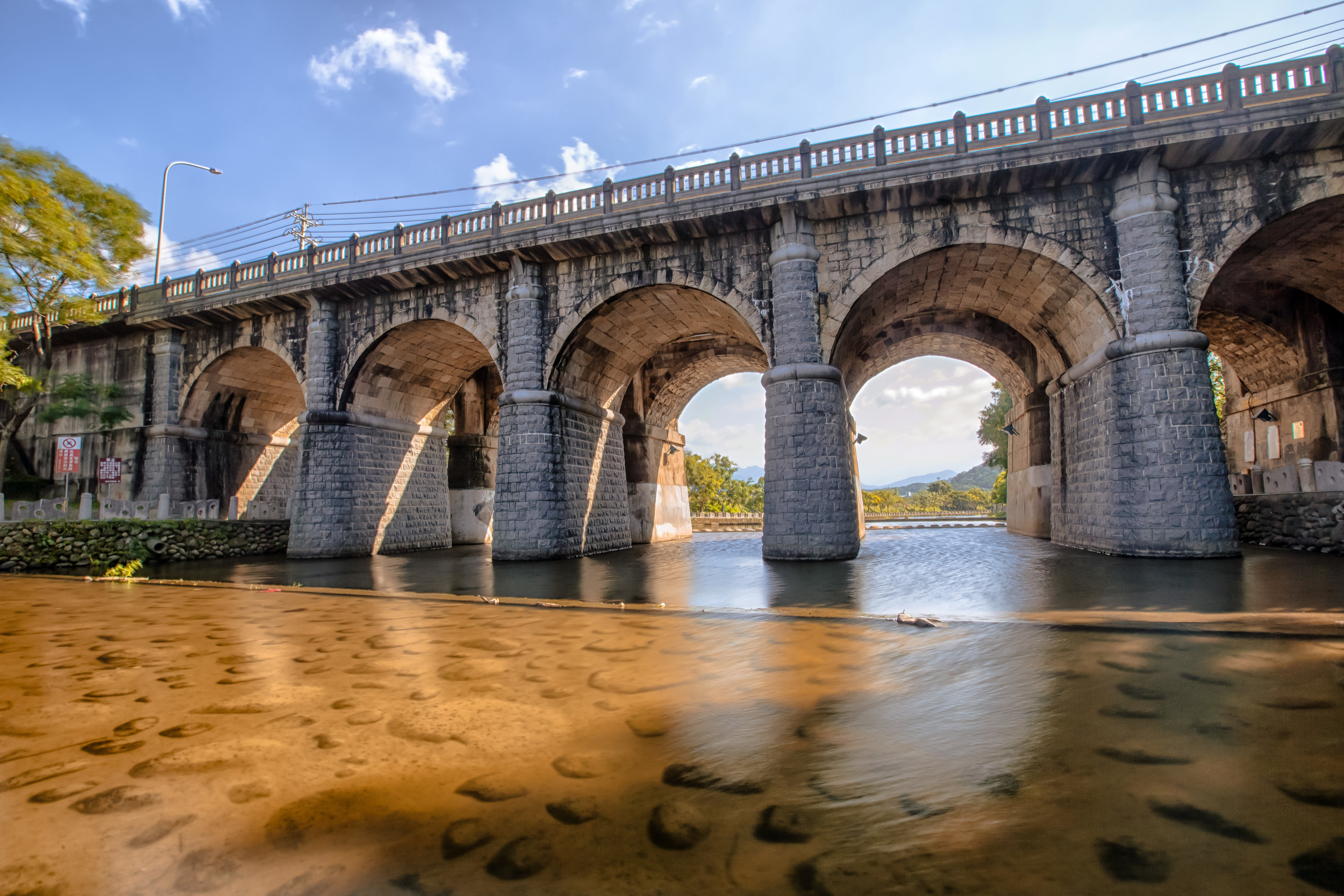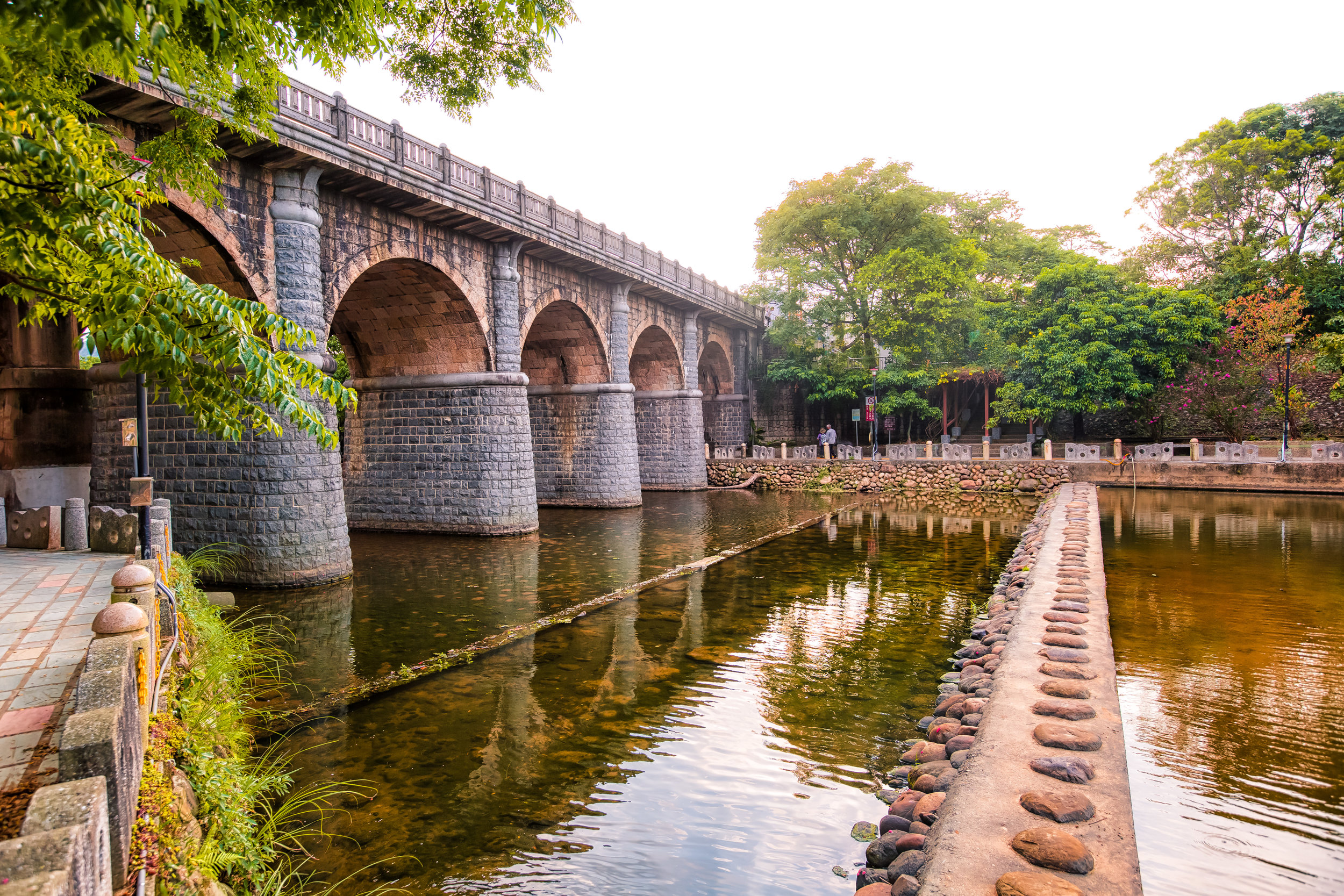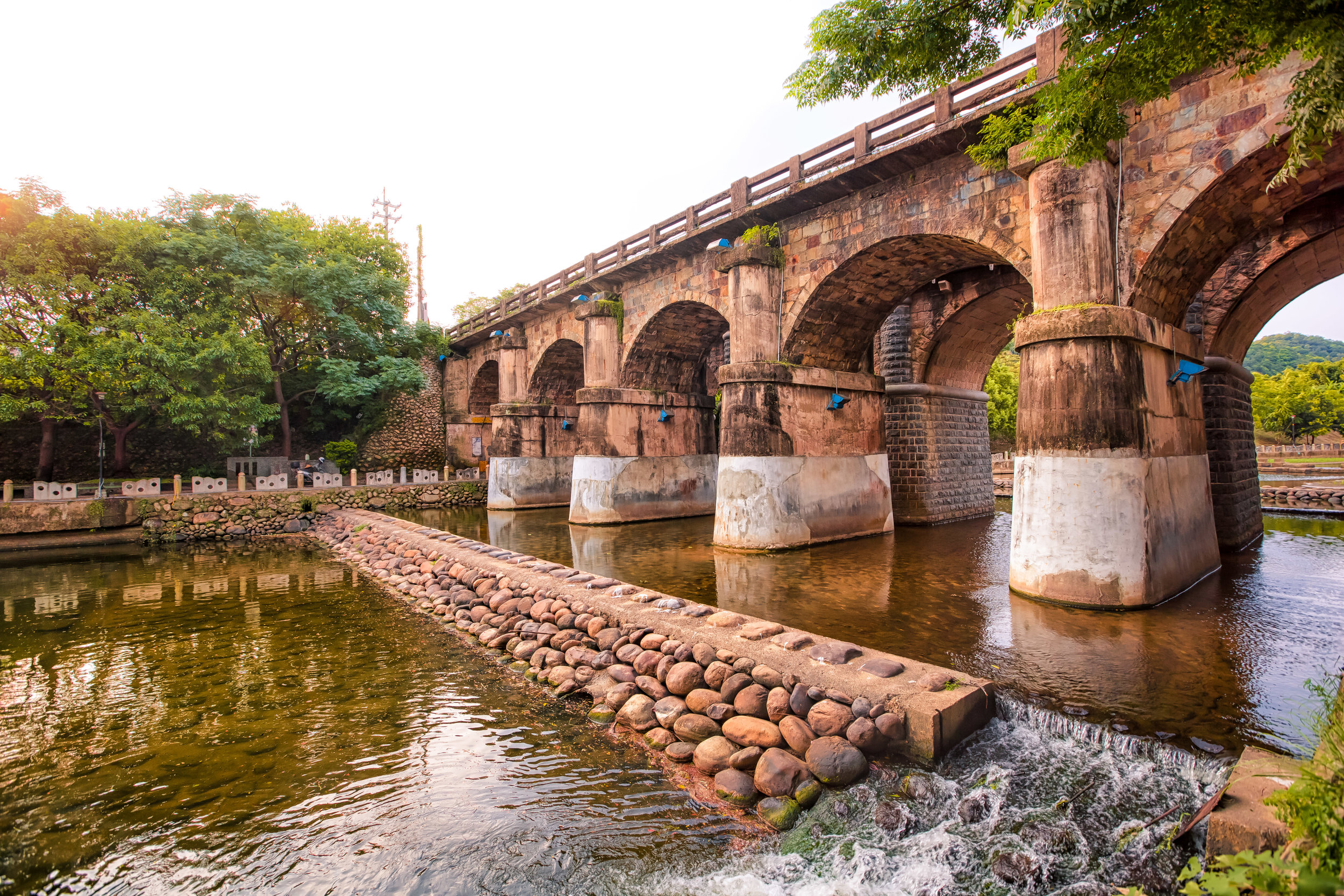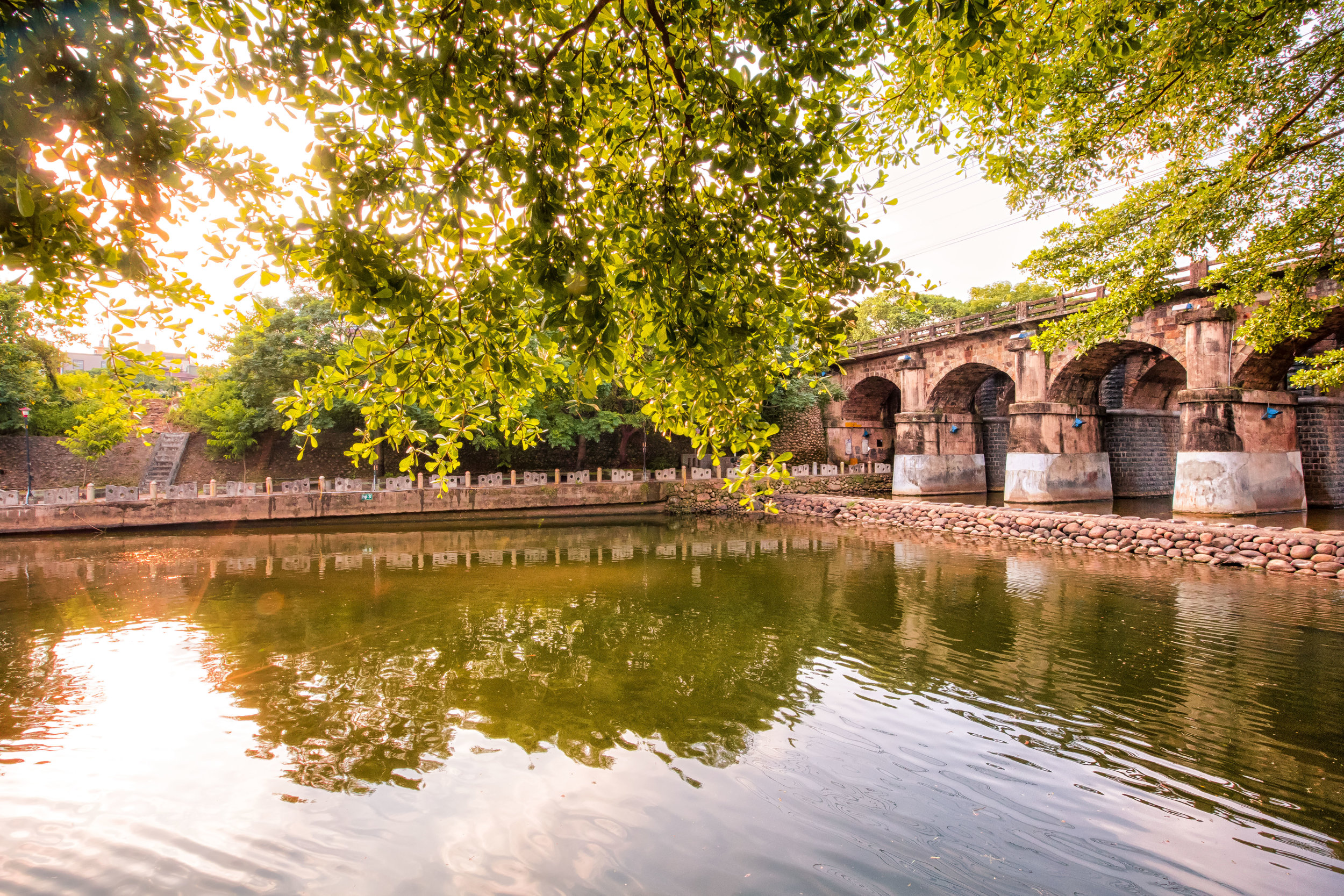Social Media has the power to turn obscure, little-known places into an overnight hotspots - I’ve blogged a few times recently about how social media trends have transformed places like Jinmian Mountain and Water Buffalo Valley (which were once not very well-known by the general public) into tourist hotspots overnight thanks to the power of social media and a news media that more or less just looks to what’s happening online for its nightly news.
Today’s post is yet another one of these “instagrammable” hotspots and is one that I’ve likely passed by a hundred times, yet never actually realized that it existed until it became one of these ‘insta-spots’
Thanks to Instagram though, I’ve found yet another leftover remnant of the Japanese Colonial Era and while it isn’t a building like some of the other places I’ve been searching for, it is quite a nice place to take photos.
The current version of Guanxi Township’s (關西鎮) Dong-An Bridge (東安古橋) is a beautiful stone arched bridge that dates back to 1933 (昭和8年) and has survived over eight decades thanks to the superb construction techniques and design brought to Taiwan from Japan.
The stone bridge that we see today replaced the original wooden version named “Cai-Feng Bridge” (彩鳳橋) which was constructed only a few years earlier. The original bridge had to be torn down after six years of use due to structural issues that were caused by Taiwan’s humidity, the rainy season and frequent earthquakes and typhoons.
Upon completion, the new bridge served as an important connection between the downtown area of Guanxi Village with the Dong’An (東安) suburb across the river as well as the mountains nearby which made transporting fresh produce and timber into the business areas of the town much more convenient.
Guanxi Village, which was known as Kansai (關西街) during the Japanese Colonial-Era is most well known for its production of a medicinal herb of the mint family known as Chinese Mesona (仙草) which is quite popular in Asia. The herb, which is most commonly referred to as “Grass Jelly” in Taiwan helped to bring riches to the Guanxi area. With the help of modern production techniques, and of course the new bridge, the small village became known as the ‘Grass Jelly Capital of Taiwan’ and still contributes to over 80% of Taiwan’s Grass Jelly production today.
Design
Dong’An Bridge is classified as a stone arch bridge, which is a type of bridge design that has been popular around the world for well over three-thousand years.
The bridge has five different arches that allow water from the river below to flow freely while at the same time allowing weight to be freely distributed between each of the five abutments as well as the support structure on either side of the bridge.
Japanese engineers are well-versed in the construction of arched bridges of this variety and as was the case with the beautiful wooden Kintai Bridge (錦帯橋) in Japan, the engineers who constructed the Dong’An bridge were also sure to protect it from floods by controlling the flow of water through the river which could overflow during a typhoon of Taiwan’s rainy season.
Recent Popularity
There are a few different factors that went into adding to the popularity of the bridge over recent years. The first is that the the Guanxi village government recently completed a beautiful recreation park known as the Niulanhe Riverside Park (牛欄河親水公園) that the bridge is now a part of.
The park is a popular space for local people to spend time with their families as well as for exercising and is also a spot where you will often find local artists and musicians putting on live performances.
The next factor and the one that likely started the whole Instagram thing is that the bridge was featured in a scene in the hit 2015 movie, “Our Times” (我的少女時代) - a cute movie that I had initially avoided watching, but eventually succumbed to and enjoyed while doing research for this blog.
Since then, the bridge has become not only a popular place for locals to pass by while doing their exercises or visiting the park, but also an attraction for people coming out of town who want to get some photos of the historic structure.
If you find yourself in the Guanxi area, it is quite easy to stop by this bridge and you need very little time to check it out. There is actually quite of bit of history to check out in the small village of Guanxi, so if you are in the area you might also want to consider checking out some of the old Japanese-era buildings, the Old Street, Chau-Yin Temple and some of the amazing Hakka restaurants in the town area.
Overall a quick walk around the downtown won’t take you very long, so you won’t need a lot of time to visit, but if you’re like myself and you’re interested in history, then a walk around the village will be one where you’re able to learn quite a bit while also sampling not only some great Hakka food but also the cuisines of South East Asians who have made the small village their own.
Map / Location
Gallery / Flickr (High Res Shots)
